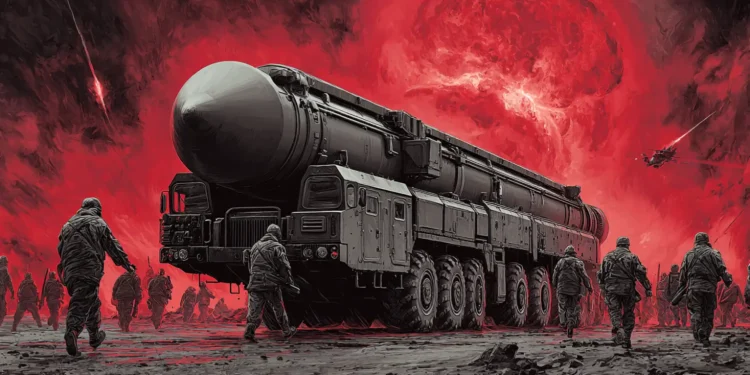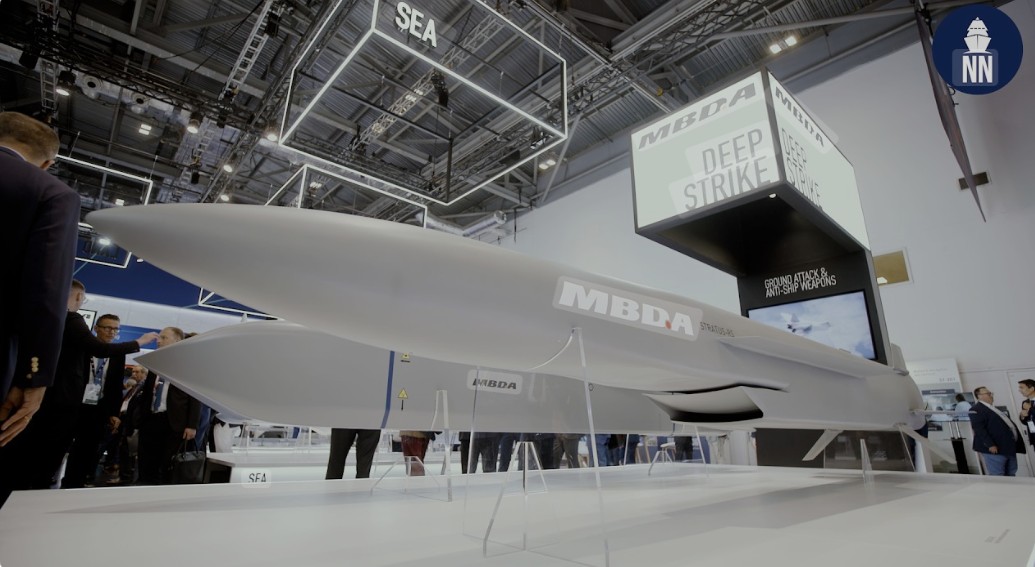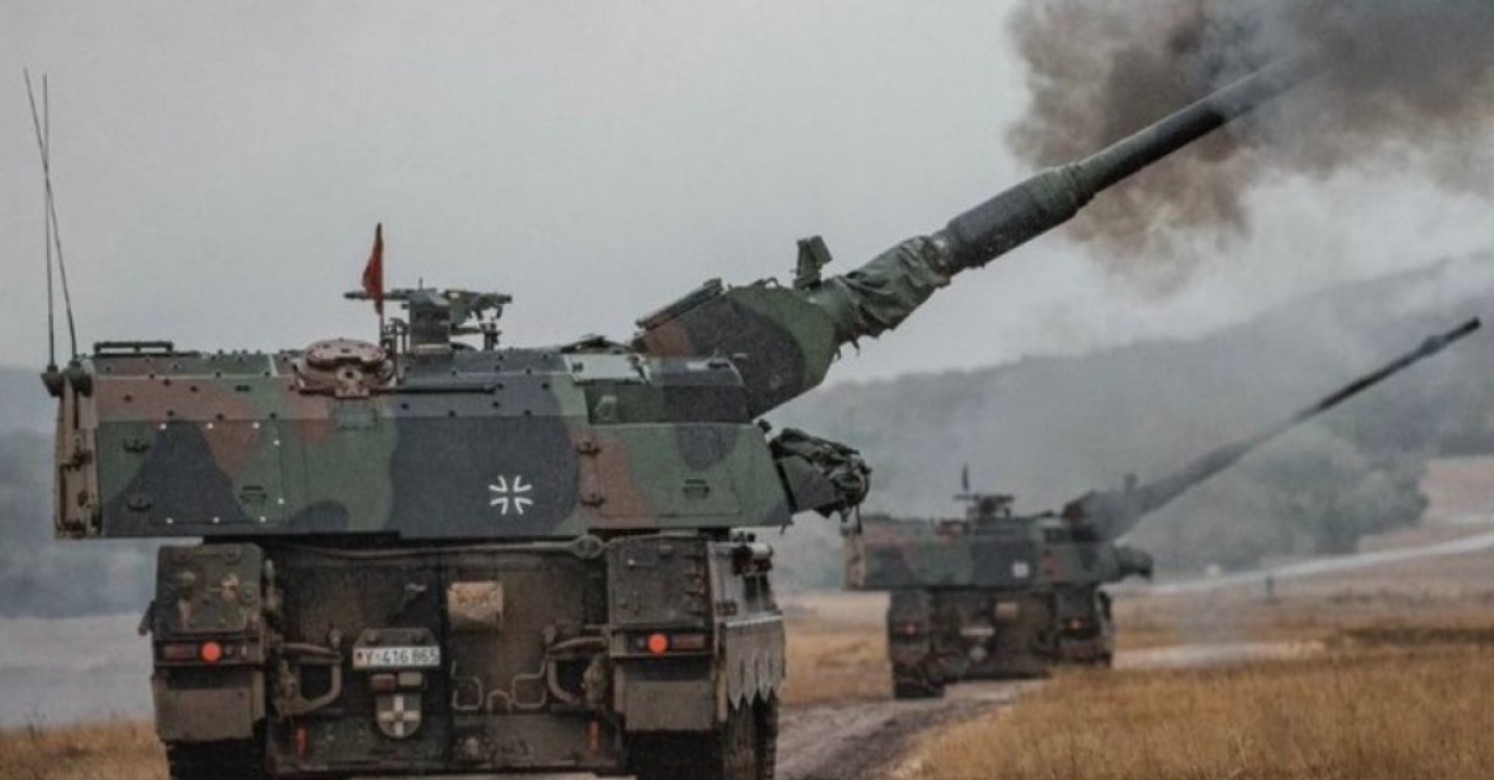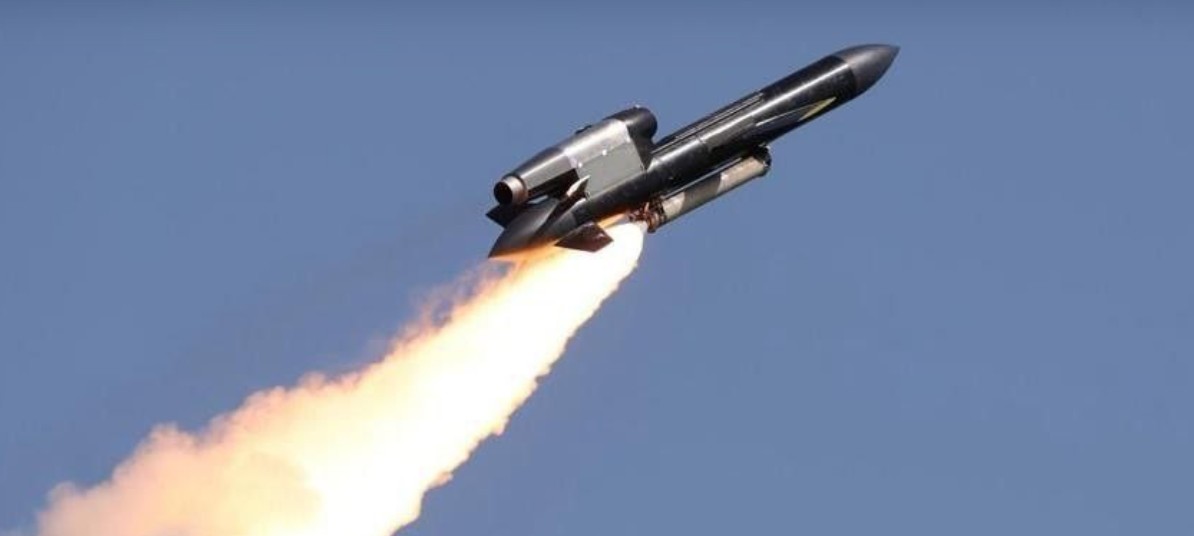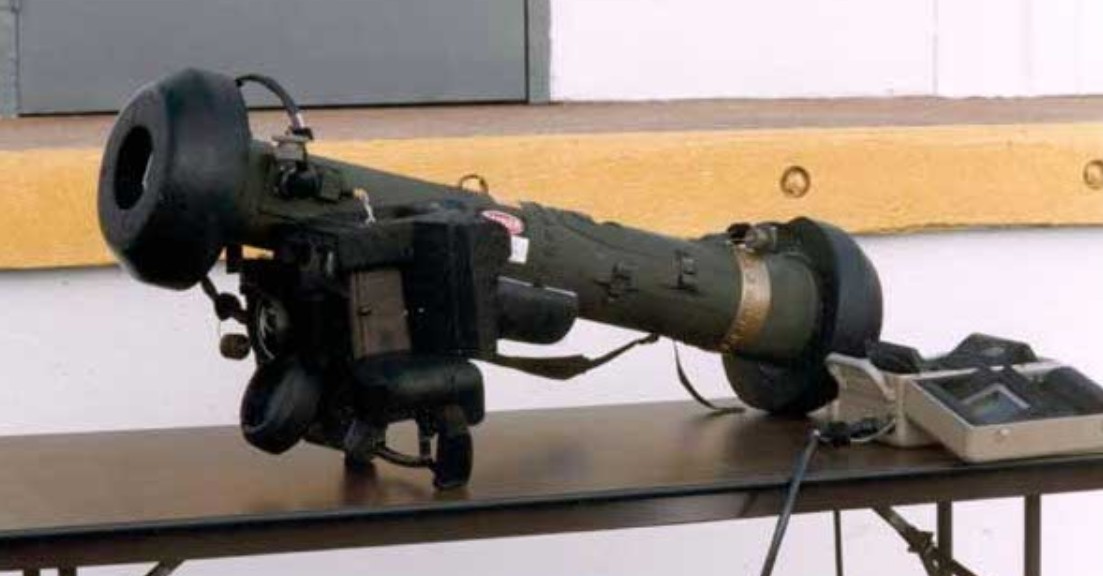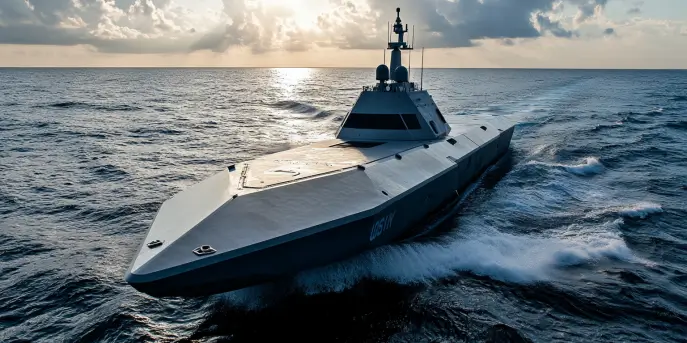Understanding the size and capability of any country’s nuclear strike force is a complex task, shrouded in both secrecy and strategic ambiguity. When it comes to Russia, one of the world’s superpowers and a key player on the geopolitical stage, the true scale of its nuclear arsenal is of immense interest to global observers.
The Historical Context
Russia’s nuclear strategy is deeply rooted in its history. During the Cold War era, the Soviet Union heavily invested in developing its nuclear capabilities to counterbalance the United States. This historical context is crucial, as it established a foundation that continues to influence Russian military strategy to this day.
Official Numbers and Estimates
Russia is a signatory of various international treaties, such as the New START treaty, which aims to limit the number of deployed strategic nuclear warheads to 1,550. While these treaties provide some transparency, there is always a layer of uncertainty. According to a 2023 estimate from the Federation of American Scientists, Russia possesses approximately 5,977 nuclear warheads, though many of these are non-deployed and in reserve.
Components of the Russian Nuclear Force
Russia’s nuclear strike force is traditionally divided into three components: Intercontinental Ballistic Missiles (ICBMs), Submarine-Launched Ballistic Missiles (SLBMs), and strategic bombers. Let’s dive into each element:
Intercontinental Ballistic Missiles (ICBMs)
Russia maintains a robust arsenal of ICBMs, capable of delivering nuclear warheads thousands of kilometers away. Examples include the RS-24 Yars and the RS-28 Sarmat, which is set to replace older models. These missiles are a key pillar of Russia’s nuclear deterrence strategy.
Submarine-Launched Ballistic Missiles (SLBMs)
SLBMs provide a second strike capability, with platforms such as the Borei-class submarines serving as stealthy and mobile launch pads. The primary missile in this category is the RSM-56 Bulava, designed to evade missile defenses and ensure a retaliatory capability.
Strategic Bombers
Russia’s fleet of strategic bombers includes models like the Tu-160 “Blackjack” and the Tu-95 “Bear”. These aircraft are capable of carrying both nuclear and conventional payloads, offering flexible deployment options.
Recent Developments and Modernizations
In recent years, Russia has prioritized the modernization of its nuclear arsenal. Investments in new technologies such as hypersonic weapons have been highlighted in public addresses by Russian officials. The Avangard hypersonic glide vehicle, for instance, is claimed to be capable of traveling at speeds exceeding Mach 20, making it hard to intercept.
Strategic Implications
The size and capability of Russia’s nuclear strike force have significant strategic implications. Not only does it serve as a deterrent against potential adversaries, but it also plays a role in Russia’s international relations and military posture. The maintaining of a credible nuclear deterrent ensures that Russia can defend its interests globally.
Challenges in Accurate Assessment
While official numbers offer a general sense of Russia’s capabilities, several challenges prevail in assessing the true size of its nuclear strike force. These challenges include Russia’s strategic opacity, the potential for undisclosed developments, and evolving technologies that may not fit traditional counting measures.
Furthermore, the current geopolitical climate, with increasing tensions and discussions on arms control, adds layers of complexity to understanding Russia’s nuclear stance. The reliance on ballistic missile technologies, combined with advancements in non-traditional systems like cyber capabilities, shifts the traditional calculations.
The Global Perspective
Globally, Russia’s nuclear force forms a critical axis of its power projection capabilities. As both a deterrent and a tool of geopolitical influence, the true scale and readiness of these forces impact international stability and security calculations.
The balance of power, as dictated by nuclear capabilities, remains a dynamic and often delicate subject. As such, ongoing dialogue and diplomacy are crucial in mitigating misunderstandings and potential escalation.
